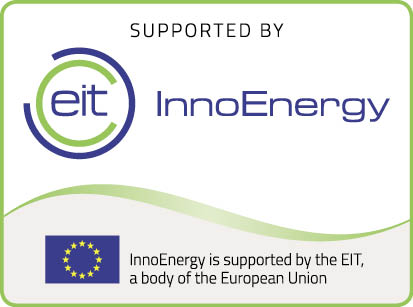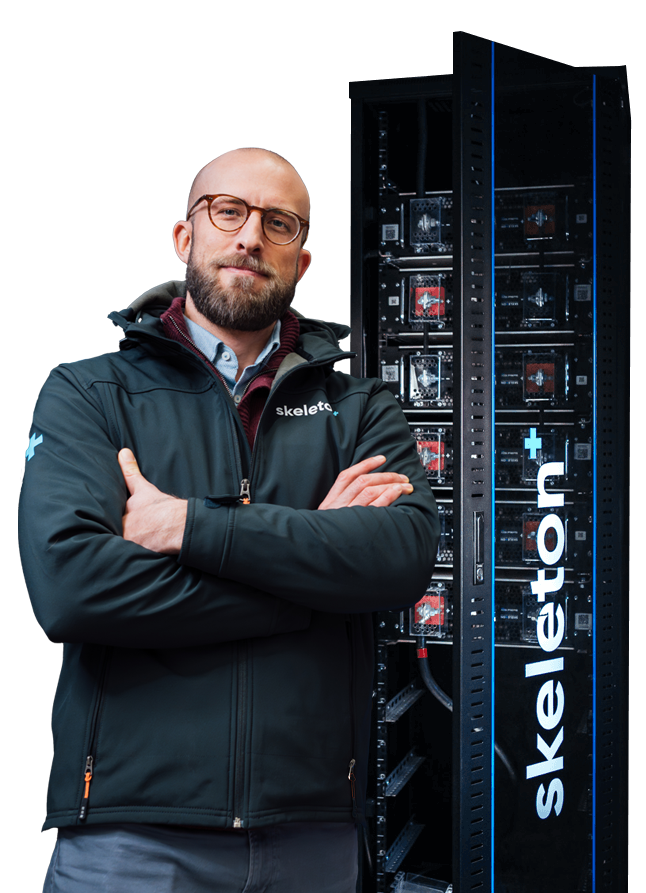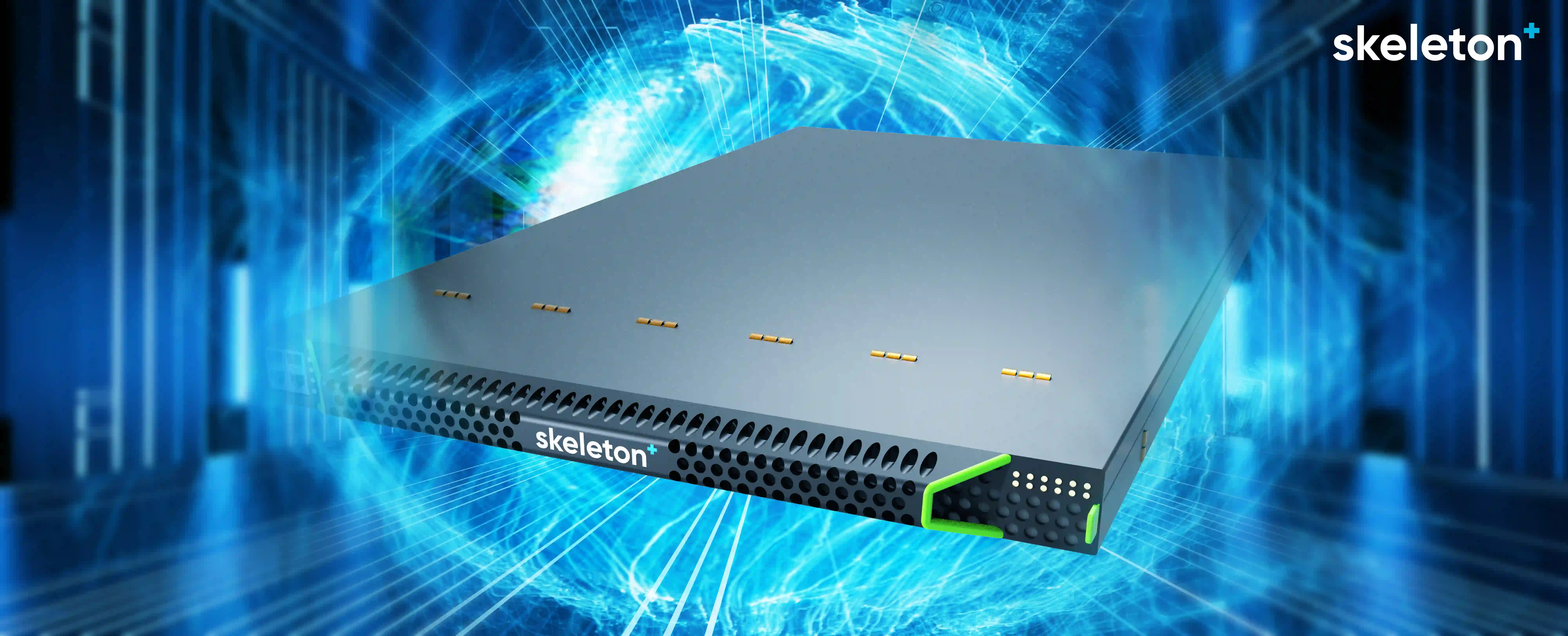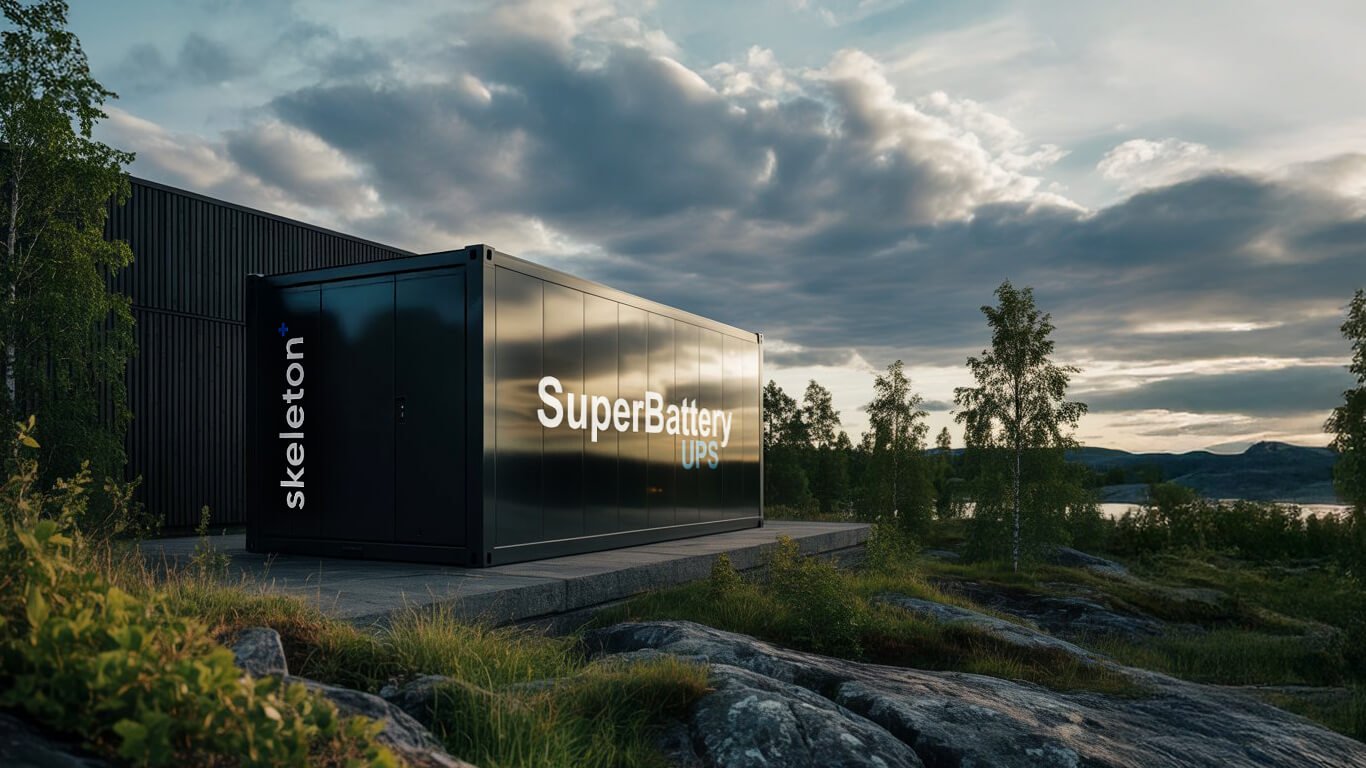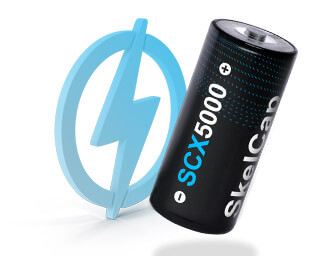
The next Generation of Ultracapacitors to Unlock an Energy Storage Revolution

For a long time, perhaps as long as 10 or 15 years, the development of ultracapacitors stood at a standstill. Some had already given up on the technology, believing it is only suitable for very specific applications that require power on the level batteries are unable to provide cost-effectively. But ever since Skeleton Technologies came along almost a decade ago, things are looking up for the entire ultracapacitor industry.
In the last couple of years we taken big steps forward in increasing the energy density of our SkelCap ultracapacitor family. Low energy density is the Achilles’ heel of ultracapacitors, but they are way ahead of the pack in power density, reliability, lifetime, and lifecycles when compared to any battery technology. Once energy density is successfully increased to 2-3 times its current level, ultracapacitors will challenge other energy storage mediums, especially batteries, in a far wider spectrum of high-power applications.
Skeleton Technologies has partnered up with InnoEnergy, a company providing support for finalizing and commercializing technological innovations to bring new products on the market, to work on UCGEN3, or the Ultracapacitor Generation III project. We are developing the next-generation ultracapacitors to provide the market with a lightweight, cost-effective, and powerful energy storage medium.
It’s all connected
Although the project is still a few years from reaching the end goal, we have made great strides in commercializing our ultracapacitor technology and brought to market some exceptional products.
If we look at some of the biggest industries in the world: mining, bus, automotive, heavy transportation, rail, energy production, power grids, and industrial manufacturing, we see that they are all in a state of flux. Tightening environmental regulations, and increasing customer demand, are pushing these industries toward hybridization and electrification.
Advanced energy storage is the key technology for all these sectors to move forward into hybrid technology.
For example, more and more passenger cars sold today are either hybrids or full electrics, with Toyota, Hyundai, and Tesla leading the way. Lithium-ion batteries are currently the energy storage method of choice for most car manufacturers, despite the limitations of the technology: low power density, high weight and volume for automotive applications, limited lifetime, and high cost of replacement battery packs, not to mention the costs and complications associated with recycling used batteries. With an ultracapacitor-li-ion hybrid, the downsides of li-ion battery technology can be lessened to a large degree with ultracapacitors handling high power peaks and harvesting braking energy for acceleration, lengthening the lifetime of the battery pack.
One of the biggest barriers to high market penetration for electric cars at the moment is the lack of charging infrastructure. Once a charging network in a geographical market has a wide enough coverage, the phenomenon known as “range anxiety”, the fear that your car will not have sufficient range to reach your destination, is overcome, and electric cars will suddenly look a lot more enticing to the consumer.
Of course, just building the charging network is not going to help, because the current electric grid infrastructure is unable to answer the rising demand without significant investment to increase the capacity, which again leads to an increased demand for energy storage.
The issue is further complicated by the increasing share of renewables in energy production, because of the inherent irregularity solar, wind, wave, and other renewable energy production methods suffer from. Huge energy storage installations are needed to cover times of low production and to store excess energy in times of low power demand.
Just as importantly, energy storage installations are needed for frequency and voltage regulation, peak shaving, power bridging, and backup power. These applications, which ultracapacitors are ideally suited for, are essential for the stability of electric grids, industrial manufacturing, and critical infrastructures, such as hospitals and data centers. Once again, without ultracapacitors to handle high peak power, battery-only installations are expensive, oversized, and present multiple problems due to their short lifetime and disposal issues.
Heavy transportation is changing too, and the shift from diesel to hybrid engines will have a much larger impact globally than any developments in the passenger car sector.

Heavy transportation is among the biggest polluters in the world, which means that even a small decrease in emission numbers has a significant impact on the environment. Hybrid and electric trucks, buses, trains, and marine vessels are already on the market, but large-scale adoption has not yet happened. Like in any industry, early adopters are the small majority comfortable enough with the costs and risks of new technologies.
Skeleton’s energy storage solutions power a novel Kinetic Energy Recovery System for heavy transportation – a technology that has the potential to greatly accelerate the process of hybridizing the trucking industry. The principle is simple: capture the truck’s braking energy in an ultracapacitor bank and use the energy for acceleration.
Skeleton Technologies’ ultracapacitor development roadmap promises big things for the future, and the timing is perfect with the increasing need for reliable energy storage for energy-saving applications in the biggest industries in the world.
